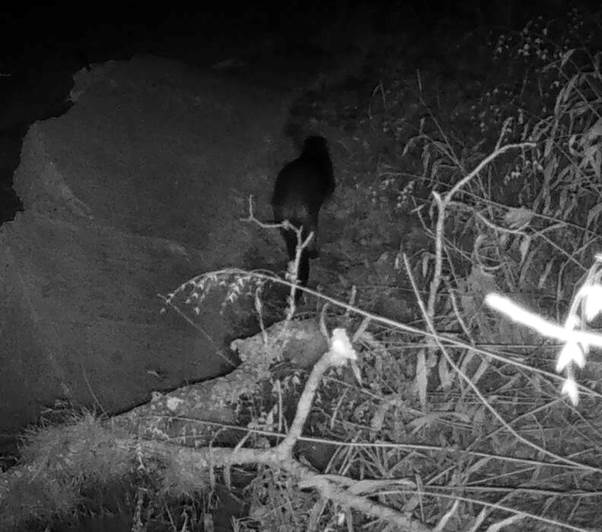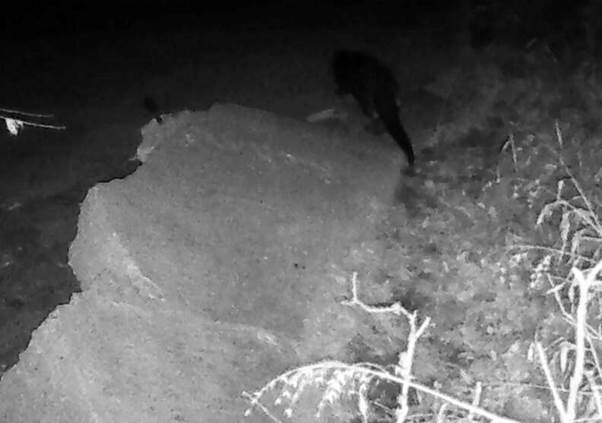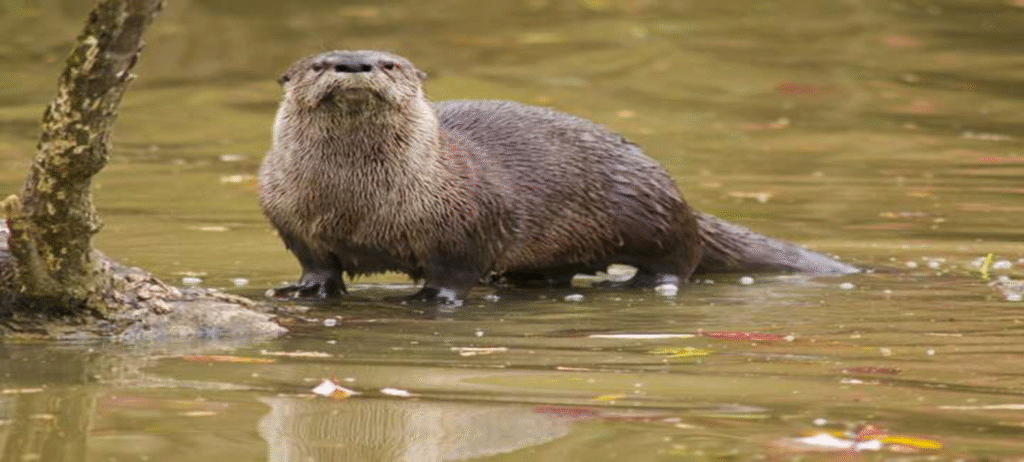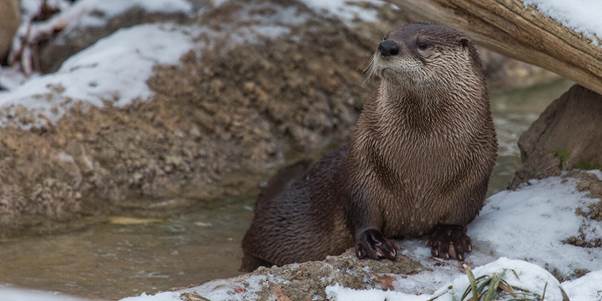On an ordinary day in May 2025, the San Antonio River Authority’s watershed ecology team reviewed footage from one of their trail cameras. At first, it seemed like routine monitoring — rocks, leaves, and the gentle flow of water. But then, the unexpected happened. A sleek, brown animal padded across the frame with the effortless grace of a creature perfectly at home in both land and water.
The moment was brief, but its impact was monumental. The team froze, eyes widening, before bursting into disbelief and excitement. “Once they were able to pick their jaws up off the ground, they started spreading the word internally pretty quickly,” recalled Shaun Donovan, environmental sciences manager at the River Authority.
That mysterious visitor was none other than a North American river otter — a species thought to be long gone from this part of Texas. For the first time in years, their cameras had captured proof of its presence in the upper San Antonio watershed.

The Vanishing of a Beloved Species
River otters (Lontra canadensis) once flourished throughout Texas waterways. Known for their playful antics, boundless energy, and agile swimming, they were a familiar sight to those living near rivers, streams, and wetlands. However, their story took a darker turn over the past century.
Widespread habitat loss — fueled by urban expansion, pollution, and river modifications — devastated their populations. The construction of dams and levees altered natural water flows, while pollutants from industry and agriculture poisoned aquatic life. Worse still, historical trapping for their dense, luxurious fur reduced numbers further.
By the late 20th century, otter sightings in San Antonio had become almost mythical. Generations grew up without ever seeing one, and many assumed the species had vanished from the region entirely. The ecosystem, once balanced by their presence, was left without a crucial predator to regulate fish and amphibian populations.

Why River Otters Matter
While their playful charm makes them a public favorite, otters play a serious and irreplaceable role in their ecosystem.
- Keystone predator: By preying on fish, frogs, and small invertebrates, otters prevent overpopulation and help keep aquatic ecosystems balanced.
- Environmental indicator: Because otters require clean water and abundant prey, their return signals that an ecosystem is thriving. If otters are present, the waterway is likely healthy.
- Cultural and emotional value: For many communities, otters symbolize the beauty of wild rivers and the success of conservation. Their playful nature captures imaginations and fosters public support for environmental protection.
The National Wildlife Federation notes that North American river otters are smaller than their sea otter relatives, but no less captivating. With their long whiskers, waterproof fur, and mischievous behavior, they embody resilience and adaptability — provided their habitats remain intact.

The Path to Restoration
The San Antonio River Authority did not stumble into this discovery by chance. For years, its teams have worked tirelessly to heal and restore the river’s ecosystems. Through habitat restoration projects, reintroduction of native species, pollution reduction efforts, and community education, they have been steadily building a healthier river environment.
These efforts included:
- Water quality improvements to reduce pollution and restore oxygen balance.
- Riparian vegetation planting to stabilize riverbanks, prevent erosion, and provide cover for wildlife.
- Public engagement programs that encouraged residents to value and protect the river.
- Monitoring programs that tracked progress using cameras, water testing, and biological surveys.
The otter’s reappearance is more than a happy accident; it is a living testament to years of commitment. As the River Authority posted on social media, “This sighting is proof that efforts to protect and restore our waterways are having tangible impacts!”

A Future Filled With Hope
For the team, this discovery is not an endpoint but a beginning. Plans are already underway for further restoration, with the hope that more otters will follow. The long-term vision is to transform occasional rare sightings into a common and celebrated occurrence.
Donovan expressed this dream simply: “We really hope that this is the first of many sightings.”
The implications go beyond otters. If these sensitive creatures can return, other native species may follow, from fish and amphibians to birds and aquatic insects. Each comeback strengthens the river’s ecological fabric, weaving together a more resilient and diverse environment.
For residents of San Antonio, the possibility of spotting an otter on a weekend walk is more than just exciting — it is a reminder that urban spaces and wild nature do not have to be separate. With enough care, both can coexist.

